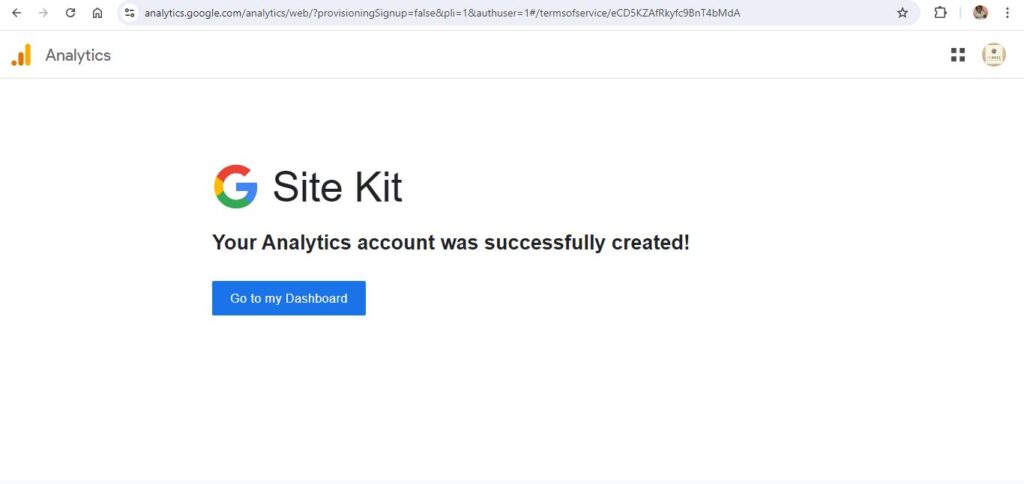Happy Friday, Moz fans. Today, I want to talk a bit about search intent and how that relates to the organic SEO funnel today. So in traditional marketing, we have a funnel that looks a bit like this, where you start at sort of an awareness phase, and then you move down towards the conversion.
In organic marketing, we often talk about the same concepts, and we talk about sort of the intents that you work through on your way down. So I want to talk a little bit about what each of those intents looks like right now and how the challenges sort of and opportunities differ, which they do quite a lot for marketers in each of these phases. All of the data I’m going to talk about today is from a STAT whitepaper that we published earlier this year.
There’s a huge amount. You’ll notice there aren’t any charts on this whiteboard; it would not have been possible for me to condense all of the data onto the whiteboard. So I’m going to talk about some of the key takeaways. And if you want to look at the information that has led me to tho
So, starting at the top of the funnel, with informational search, this is people who are not necessarily even thinking anything to do with a conversion, not even at an early stage necessarily.
They just want information. They might be trying to answer a simple or complex question. Now, what we notice at this stage of the funnel, and you might have noticed this as well, is there’s increasingly little space for traditional organic. Often, you’ll get a big feature at the top, like a featured snippet or a knowledge graph, sort of custom results, and then directly beneath that, you’ll get a “People Also Ask.”
On a lot of screens, that’s already the entire above-the-fold space. So this is the search intent with the lowest share of voice for organic of any of the intents I’m going to talk about today. It’s 43.6% organic share of voice right now. Yeah, I’d say that’s lower than any of the others.
Like I said, there’s a few ways you can measure share of voice. We’re obviously looking at volume and position on the SERPs or how dominant the organic is compared to other features. But however you cut it, this is a low number. So in terms of what you can look for if you are trying to play in this space, you can filter your keyword research to sort of look for informational intent plus position one organic because there are still some cases where that exists, or perhaps when there is a featured snippet, you can look at whether it’s possible to actually win that featured snippet.
So, what you should be looking for in terms of honing in your keyword research here is sort of informational intent plus something organic appearing in position one, because there are still some cases where that happens. Also, obviously, I talk about featured snippets. Featured snippets are winnable. Whether you think that’s worthwhile, I would suggest that is worthwhile if only for the impression.
I think, as SEOs, we often forget the value of impressions as opposed to clicks. But I would say it is worth trying to compete for these. But in some cases, you might have to make that equation in terms of whether the effort is going to be worthwhile because, of course, it’s never guaranteed anyway.
Moving down the funnel, though, where I think there is a bit more traditional organic opportunity and activity, we get to commercial.
So, if you see keyword modifiers like “best,” “compare,” “top,” “reviews,” these are all a pretty good indicator that if a keyword or a key phrase contains one of these words, then it’s going to be commercial or what we might call sort of consideration phase. What you tend to see here is very tough organic competition because there is so much opportunity.
So often, at the moment, you have Reddit and Amazon doing very well here. We’ve also seen a huge amount of Google updates specifically targeting this kind of intent of keyword. So think all the product review updates, all the helpful content updates, they disproportionately cause volatility for commercial rankings. So this can be quite, I don’t know, a dangerous place to play in if you’re looking for sort of reliability and certainty in your organic marketing.
But there are rich rewards. What I’d also look for here is winnable features. So look for commercial intent plus winnable features in your keyword research. So by winnable features, that might vary depending on the sector you’re in. But, for example, things like image results or video results, you can appear.
They’re not traditional organic results. You can appear. You can try and pop up there. So this can be a way around some of the tough competition in regular organic, although I do suggest that you try and beat there as well, obviously. Moving still further down the funnel, we sort of have a surprisingly different picture.



